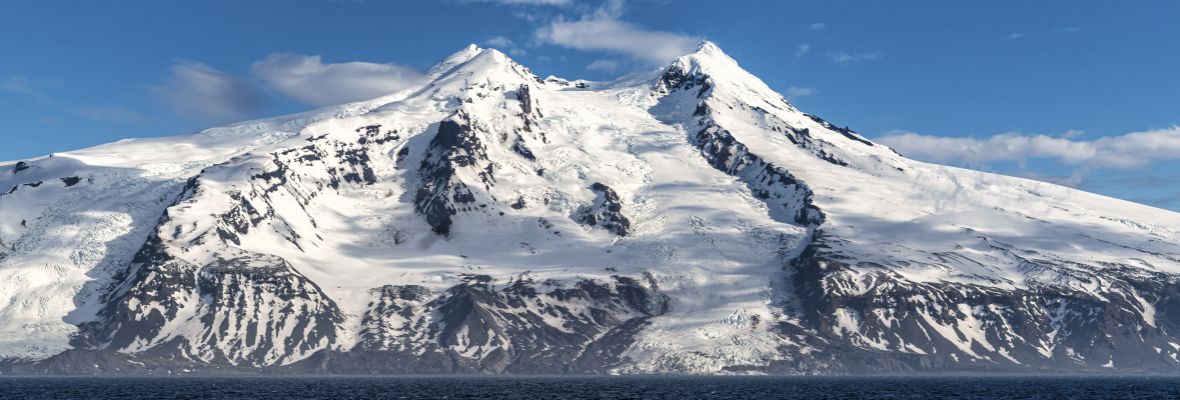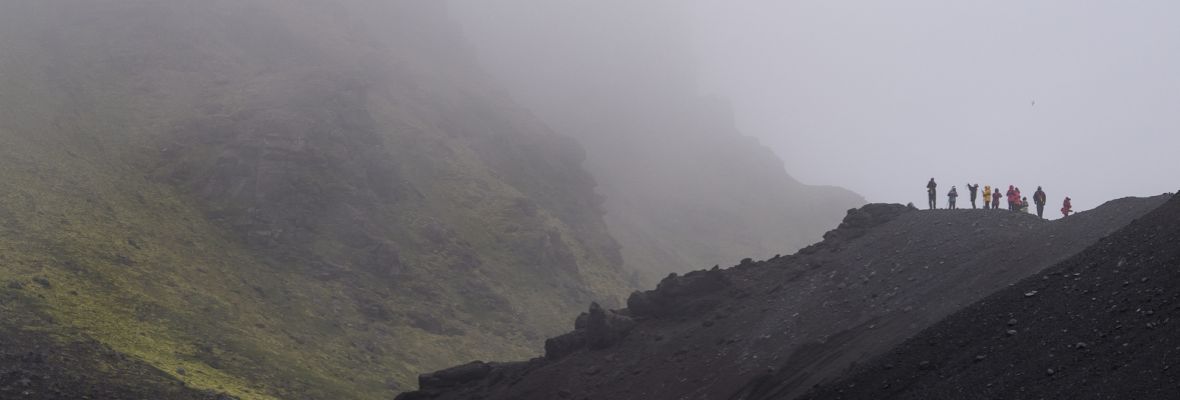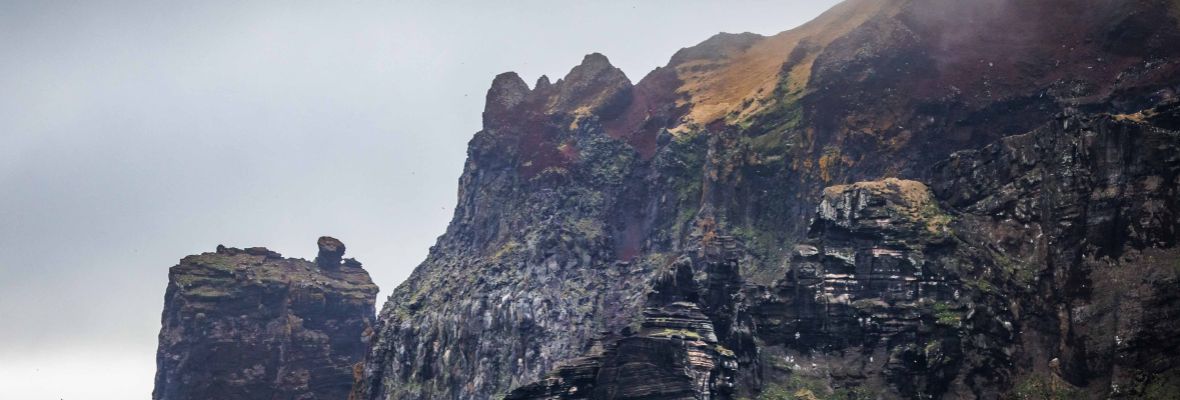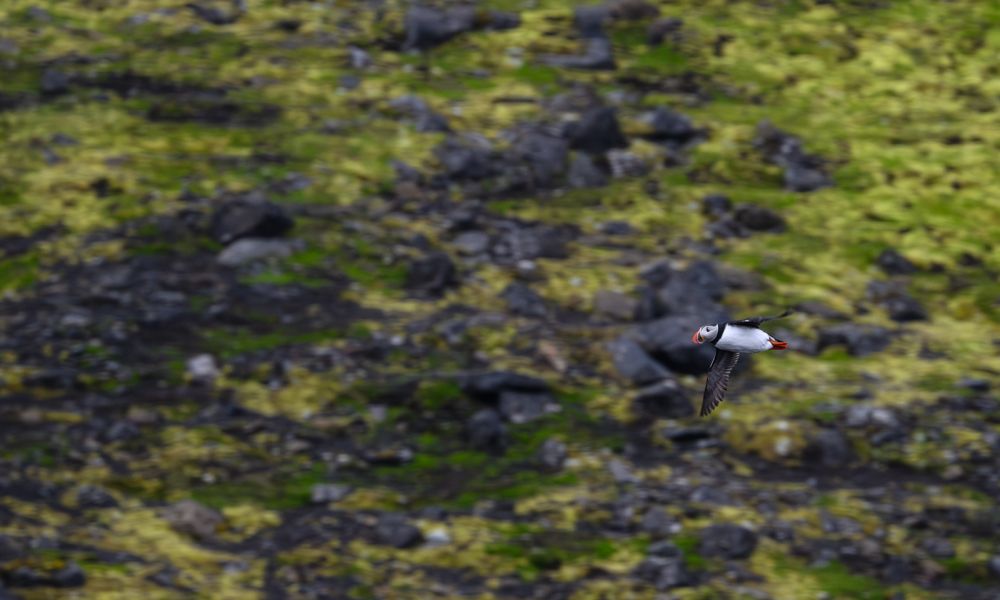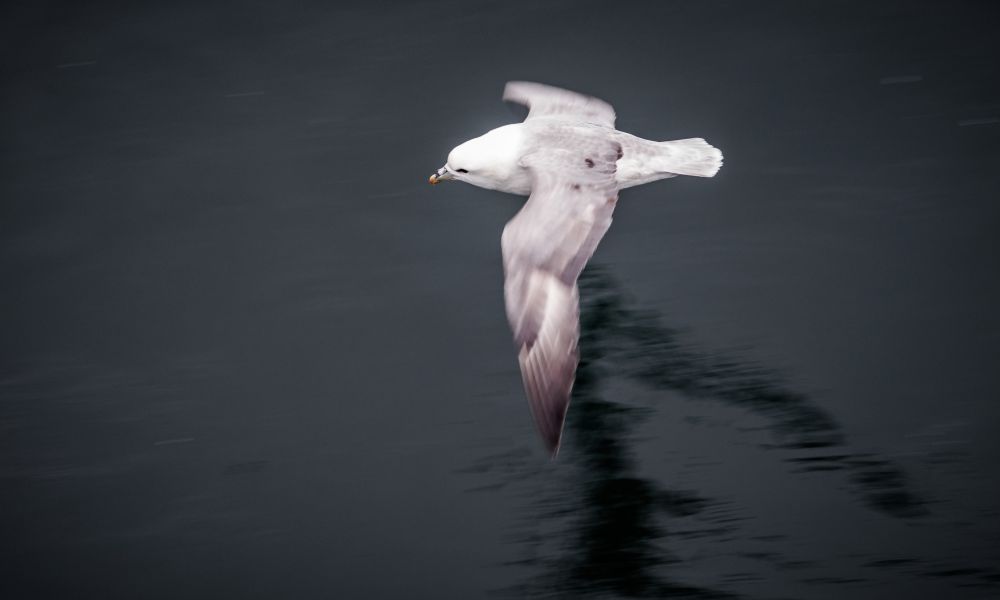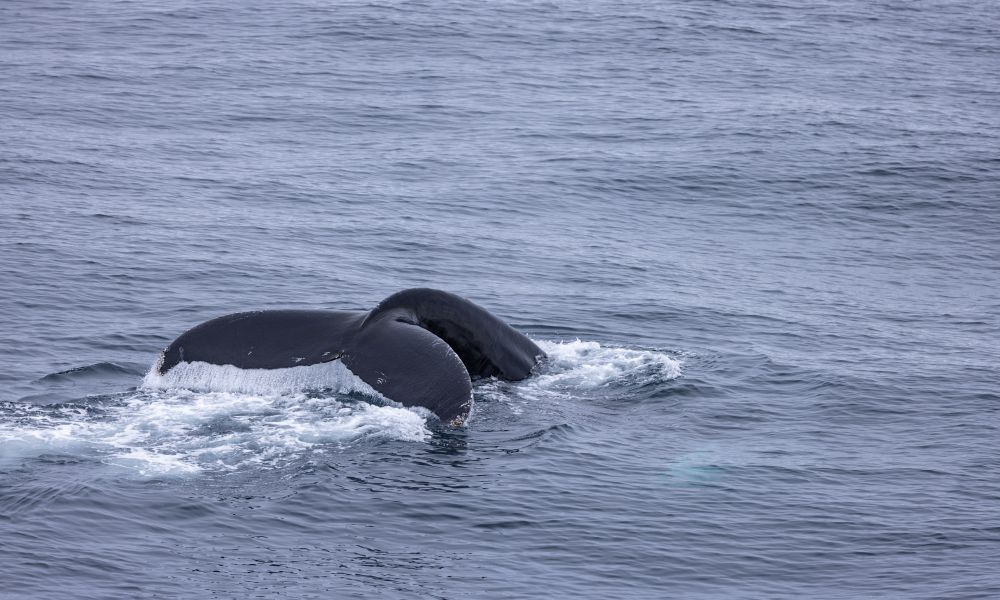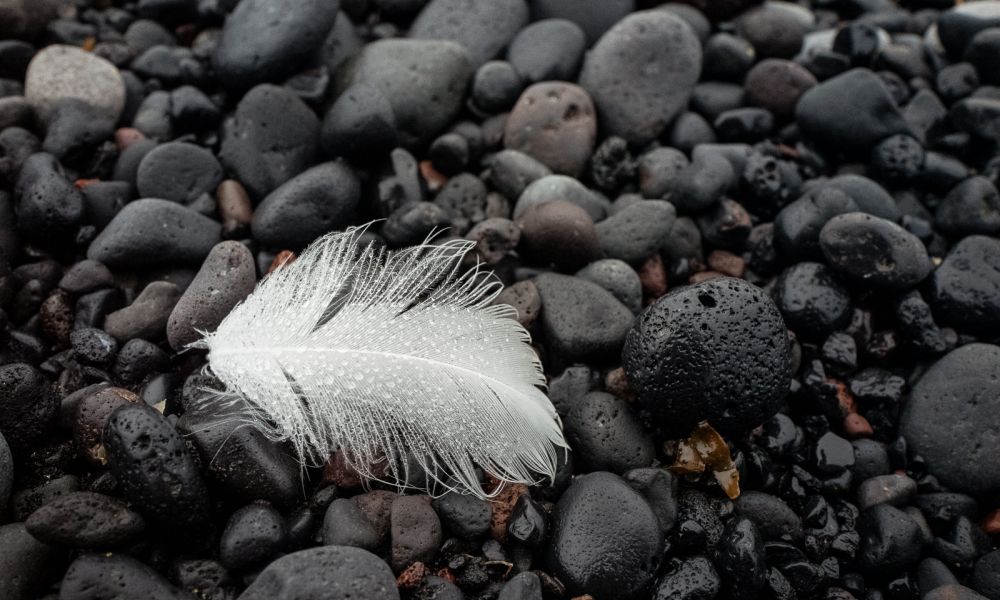Exciting changes are on the way!
As part of our merger with Polar Latitudes, we’re refreshing key elements of our website to reflect this new chapter. Discover more in our latest news update.
Jan Mayen’s wildlife is sparse but unique. The island is a haven for seabirds. The island's surrounding waters are home to various marine mammals, such as seals and whales.
While the island’s volcanic and glacial terrain limits wildlife, the island’s cliffs are home to large colonies of Atlantic puffins, guillemots, and northern fulmars, which take advantage of the island's undisturbed cliffs to breed and nest. These seabirds are not only fascinating to observe but also essential to the ecosystem, as they help transfer nutrients from the ocean to the land through their droppings, enriching the otherwise nutrient-poor volcanic soil. Kittiwakes and skuas also frequent the island. The remote and untouched nature of Jan Mayen makes it one of the best-preserved seabird habitats in the Arctic.
The waters surrounding Jan Mayen are rich in marine life, thanks to the Gulf Stream, which brings warmer, nutrient-rich waters into the Arctic. These conditions support a thriving population of marine mammals, including harbor seals and bearded seals, which haul out on the island’s rocky shores. Minke whales, humpback whales, and occasionally blue whales are also spotted in the waters around Jan Mayen, drawn by the abundance of fish and krill. The island's waters serve as a key feeding ground for these species during their seasonal migrations, adding to the region’s biodiversity.
Facts about Wildlife and Nature of Jan Mayen
- Arctic
- Jan Mayen



